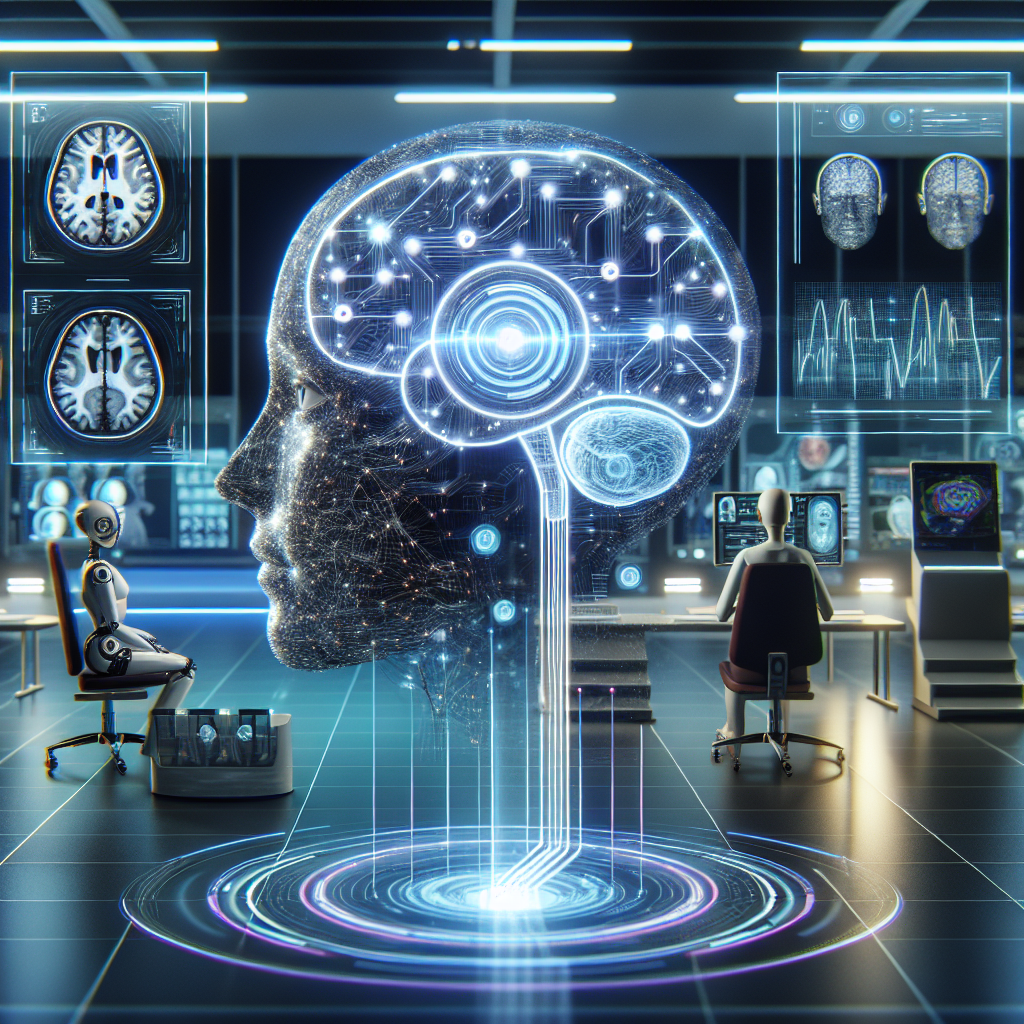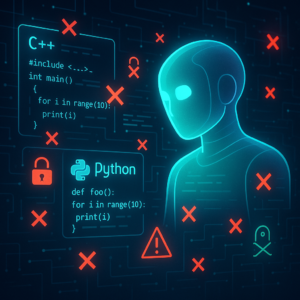Could an AI Be Your Next Alzheimer’s Specialist? A Deep Dive into ChatGPT’s Diagnostic Potential

Could an AI Be Your Next Alzheimer’s Specialist? A Deep Dive into ChatGPT’s Diagnostic Potential
Alzheimer’s Disease (AD) is more than just a spotty memory. It’s a debilitating condition that ravages the mind, rendering once-familiar faces and places alien, and casting independence into a long-gone past. With a staggering 1 in 9 folks aged 65 and older falling prey to this disease, it’s clear we need more brains on deck for timely, effective diagnosis—but what if those brains are digital?
Enter ChatGPT, the general-purpose language model that is now dipping its virtual toes into the healthcare pool. A groundbreaking study has recently unveiled how this AI powerhouse might just lend a hand—or a byte—in diagnosing Alzheimer’s. Let’s break it down and consider how this technology could shift how we approach AD diagnosis.
From Pixels to Prose: The AI Journey into Medicine
Imagine you’ve got thousands of electronic health records (EHRs) packed with complex data, such as brain scans and cognitive tests. Traditionally, these would require a well-trained specialist to interpret and diagnose conditions like AD. However, what if ChatGPT could step up as a digital diagnostician, providing accurate evaluations from a dizzying amount of medical data? That’s exactly what researchers explored.
The team armed ChatGPT with 9,300 EHRs to see if it could pull off the impressive feat of recognizing Alzheimer’s by analysing MRI scans and cognitive tests—complex tasks usually reserved for human experts.
Taking Center Stage: Zero-Shot vs. Multi-Shot Methods
How does an AI like ChatGPT tackle tasks it’s initially unfamiliar with? Two main strategies were put to the test: zero-shot and multi-shot prompting. Imagine these as ChatGPT playing a game it’s never played before (zero-shot) versus having a couple of practice rounds first (multi-shot).
-
Zero-Shot Prompting: Here, ChatGPT got thrown right in, asked to make its best guess without specific precedents. Instead, the prompts were shaped around its existing general knowledge.
-
Multi-Shot Prompting: This method provided ChatGPT with practice examples. Think of it as giving the AI some guiding light before asking it to diagnose AD, enhancing its accuracy by showing it the ropes.
How Did ChatGPT Fare?
When set loose on diagnosing Alzheimer’s, ChatGPT showed surprising prowess, especially using the multi-shot approach. Here’s the scoop:
-
Accuracy: The multi-shot method scored a stunning accuracy of nearly 95%, outshining the zero-shot’s 74%. Using multiple hints made ChatGPT almost as sharp as an experienced clinician.
-
Calibration (Even Tempered AI): Essentially, this is measuring how sure ChatGPT is about each diagnosis. The multi-shot method yielded better-calibrated guesses, ensuring that when it said it was 90% sure, it really meant it, boosting both confidence and reliability.
Turning Data into Diagnosis
The study creatively intertwined MRI data with cognitive test results, revealing that combining both types led to the best outcomes. More is definitely merrier when it comes to diagnostic data. ChatGPT thrived on these multi-faceted insights, proving that even for computers, more context leads to better conclusions.
Real-World Impact: A Broader Reach
The implications of this technological leap? Tremendous.
-
Improved Accessibility: In regions scarred by a shortage of AD specialists, ChatGPT could be a game-changer, offering fast, preliminary diagnoses and potentially easing medical bottlenecks.
-
Global Scalability: With further refinement, AI-driven diagnosis can become globally standardized, bridging healthcare gaps between urban and rural settings, or between developed and developing nations.
-
Empowering Medical Staff: Non-specialist healthcare workers could leverage AI as an additional tool, ensuring that even if human expertise is not immediately available, at least an AI assessment is.
Expanding Horizons: What’s Next?
The potential is exciting, but it’s just the beginning. Future research aims to broaden the dataset scope, address any biases within the AI’s reasoning, and judge ChatGPT against other innovative technologies. Ensuring fairness and reliability across diverse demographics is part of the future roadmap. The end-game? A supportive AI that doesn’t just help specialists but can improve healthcare for everyone.
Key Takeaways
- AI Meets Memory Loss: ChatGPT shows potential in diagnosing Alzheimer’s Disease, using both zero-shot and multi-shot prompting strategies.
- Looking for Clues: Multi-shot prompting, using examples, produced higher diagnostic accuracy—similar to human specialists.
- Collaborative Data: Combining MRI scans with cognitive test data offers the most reliable diagnosis results.
- Practical Benefits: This innovation could increase access to quality healthcare in remote areas and assist non-specialist medical teams in offering quicker, more reliable assessments.
- On the Horizon: Continued research is vital to refine these AI capabilities and ensure that a supportive tool like ChatGPT serves everyone equally and effectively.
From fragmented memories to full-spectrum AI insights, technologies like ChatGPT are turning today’s science fiction into tomorrow’s standard medical practice. This study sets a fascinating precedent for AI’s role in healthcare—highlighting not just what’s possible, but what could soon be the new normal. Who wouldn’t want an AI buddy assisting them with diagnosing one of life’s cruelest ailments? It’s certainly food for thought.
If you are looking to improve your prompting skills and haven’t already, check out our free Advanced Prompt Engineering course.
This blog post is based on the research article “Can ChatGPT Diagnose Alzheimer’s Disease?” by Authors: Quoc-Toan Nguyen, Linh Le, Xuan-The Tran, Thomas Do, Chin-Teng Lin. You can find the original article here.




